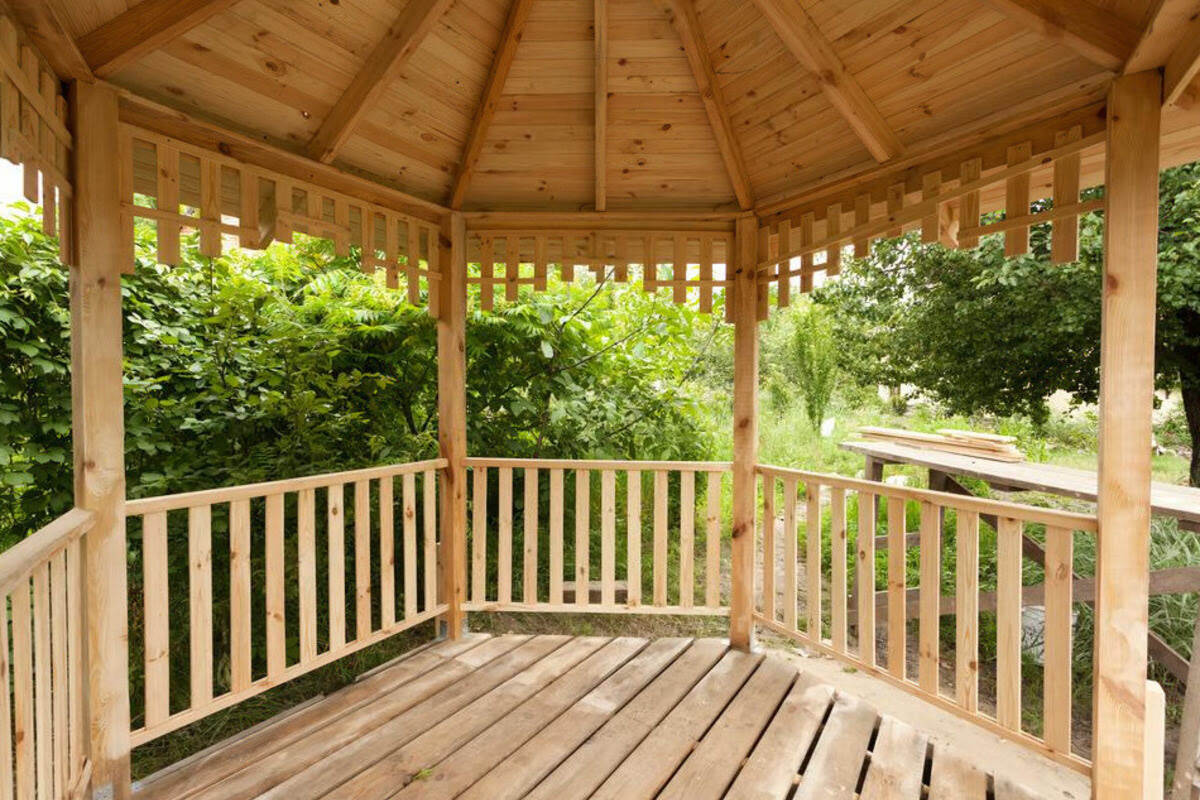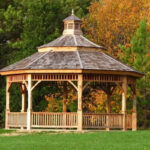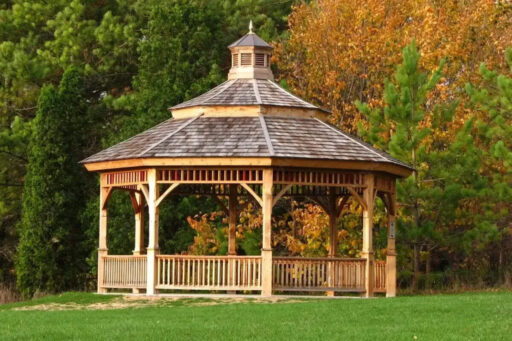A gazebo is a freestanding, open-sided structure that typically features a roof and is commonly found in gardens, parks, and other outdoor settings. It offers a sheltered area where you can enjoy the beauty of nature while being protected from the elements. Gazebos come in various shapes, such as octagonal, rectangular, or circular, and are often designed to complement the surrounding landscape. These structures are not only functional but also add an aesthetic appeal to any backyard. Their architectural style can vary widely, ranging from classic Victorian to modern minimalist designs. A gazebo can serve multiple purposes, such as hosting gatherings, providing a peaceful retreat, or simply enhancing the visual allure of your outdoor space.
Different Types of Gazebos
When it comes to selecting a gazebo, you have a plethora of options to choose from. Each type offers unique features and benefits tailored to different needs and preferences.
- Traditional Gazebos: These are often made of wood and have a classic, timeless appeal. They are usually octagonal or hexagonal and often include intricate detailing.
- Pergolas: While not true gazebos, pergolas are similar structures that offer partial shade with an open lattice roof. They are perfect for adding climbing plants or vines.
- Pavilions: These are larger structures that offer more extensive coverage and are ideal for hosting larger groups or events.
- Pop-up Gazebos: These are portable and easy to assemble, making them a great choice for temporary setups or those who need a gazebo that can be moved easily.
- Metal Gazebos: Often crafted from aluminum or steel, these provide a modern look and are generally more durable against weather.
Each type of gazebo has its advantages and is suitable for different types of gardens and personal preferences. Whether you are looking for a simple structure to enjoy your morning coffee or a grand pavilion for entertaining guests, there is a gazebo style that will meet your needs.
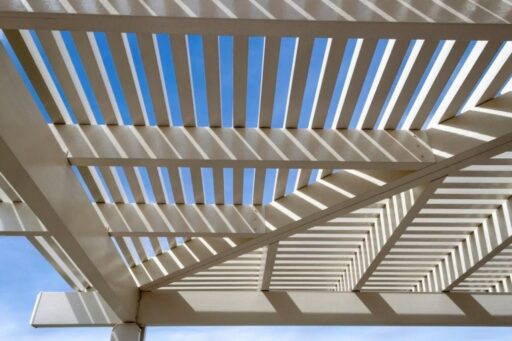
When choosing a gazebo type, consider factors such as:
- Climate: Ensure the materials and design can handle local weather conditions.
- Space: Measure your garden to determine the appropriate size and shape.
- Purpose: Decide if you need a permanent structure or a flexible, temporary option.
If you’re unsure which style suits your space, consulting a gazebo installation contractor can help you make an informed choice based on your budget, design goals, and property layout.
Benefits of Having a Gazebo in Your Garden
Adding a gazebo to your garden comes with a multitude of benefits, both practical and aesthetic. First and foremost, a gazebo provides shelter from the sun and rain, allowing you to enjoy your outdoor space regardless of the weather. This can be particularly beneficial during the summer months when the sun is at its peak.
Moreover, a gazebo can serve as a focal point in your garden, drawing attention and adding visual interest. Its architectural beauty can enhance the overall landscape design, making your garden more inviting and cohesive. Additionally, a well-placed gazebo can increase the value of your property by adding a unique feature that potential buyers may find appealing.
A gazebo also offers a private retreat within your garden, providing a space where you can unwind and relax. Whether you use it for meditative practices, reading, or enjoying a meal with family, a gazebo offers a sanctuary of calm and tranquility amidst the hustle and bustle of daily life.
How a Gazebo Can Enhance Your Outdoor Space
A gazebo can dramatically transform your outdoor space by providing a focal point that draws the eye and encourages use. Its presence can define different areas of your garden, creating a sense of structure and harmony. By strategically placing a gazebo, you can highlight specific garden features, such as a pond, flower beds, or a scenic view.
In addition to its structural benefits, a gazebo can enhance the ambiance of your garden. By adding elements like lighting, furniture, and decorative plants, you can turn your gazebo into a cozy retreat or a vibrant social hub. Consider incorporating string lights or lanterns to create a warm, inviting atmosphere during evening gatherings.
Furthermore, gazebos offer versatility in design and function. Whether you prefer a modern look or a classic, Victorian-style gazebo, there are countless customization options available. You can tailor the design to complement your home’s architecture or to reflect your personal style, ensuring the gazebo seamlessly integrates with your garden’s overall aesthetic.
Choosing the Right Location for Your Gazebo
Selecting the perfect spot for your gazebo is crucial to maximizing its benefits. Start by considering the layout and size of your garden. Ideally, the gazebo should be placed in an area that is easily accessible yet offers some privacy. This balance ensures that you can enjoy your gazebo without feeling exposed to neighbours or passersby.
Next, evaluate the natural features of your garden. Placing a gazebo near a water feature, such as a pond or fountain, can enhance its appeal and create a tranquil atmosphere. Additionally, consider the direction of the sun throughout the day. Positioning the gazebo to take advantage of natural shade or to capture the best views will enhance your experience.
When choosing a location, also think about practical aspects like ground stability and proximity to utilities. Ensure the ground is level and capable of supporting the structure. If you plan to use lighting or other electrical features, assess the availability of power sources nearby. Taking these factors into account will help you find the ideal spot for your gazebo.
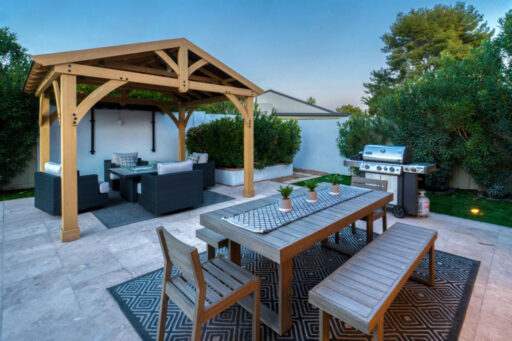
Design Ideas for Your Gazebo
The design of your gazebo can greatly influence its functionality and visual impact. To create a space that truly reflects your style, consider incorporating various design elements:
- Furniture: Choose comfortable seating and tables that complement the gazebo’s design. Consider weather-resistant materials like teak or rattan for durability.
- Lighting: Add ambiance with string lights, lanterns, or built-in LED fixtures. This not only enhances the aesthetic but also extends the usability of your gazebo into the evening hours.
- Decorative Elements: Personalize your gazebo with decorative items such as potted plants, outdoor rugs, or throw pillows. These accents can add color and texture, making the space more inviting.
- Curtains or Drapes: Install outdoor curtains to provide shade, privacy, and a touch of elegance. Choose fabrics that are resistant to UV rays and moisture for longevity.
- Flooring: Consider the type of flooring that best suits your needs. Options include wooden decking, stone pavers, or concrete for a more modern look.
Maintenance and Care for Your Gazebo
Proper maintenance is key to ensuring your gazebo remains a beautiful and functional part of your garden. Regular upkeep will also extend the lifespan of the structure, making it a worthwhile investment.
Routine Maintenance Tasks
- Cleaning: Regularly clean your gazebo to remove dirt, debris, and mildew. Use a mild detergent and water for wooden and vinyl gazebos, and a specialized cleaner for metal structures.
- Inspection: Check for any signs of wear or damage, such as loose screws, cracks in the wood, or rust on metal parts. Addressing these issues promptly will prevent further deterioration.
- Weatherproofing: Apply a sealant or protective coating to wooden gazebos to guard against moisture and UV damage. For metal gazebos, consider a rust-resistant paint or finish.
Seasonal Care
- Winter Preparation: If you live in an area with harsh winters, consider covering your gazebo or removing any removable elements, such as curtains or cushions, to prevent damage from snow and ice.
- Spring Refresh: After winter, give your gazebo a thorough cleaning and inspection. Reapply sealants or protective coatings as needed and check for any structural damage.
Popular Gazebo Materials and Their Advantages
The material you choose for your gazebo will greatly affect its durability, appearance, and maintenance needs. Here are some common materials used in gazebo construction:
- Wood: Known for its natural beauty, wood is a popular choice for gazebos. It offers a classic look and can be stained or painted to match your garden’s style. However, it requires regular maintenance to prevent rot and insect damage.
- Metal: Metal gazebos, often made from aluminum or steel, are durable and low-maintenance. They offer a sleek, modern look and are resistant to weather and pests. However, they may require rust protection in certain climates.
- Vinyl: Vinyl gazebos are highly durable and require minimal upkeep. They are resistant to rot, insects, and UV rays, making them an excellent choice for those seeking a low-maintenance option. However, they may lack the natural charm of wood.
- Fabric: Used primarily in pop-up or temporary gazebos, fabric is lightweight and easy to set up. While not as durable as other materials, it offers flexibility and portability for events or seasonal use.
Material Comparison Table
| Material | Advantages | Considerations |
| Wood | Natural beauty, customizable | Regular maintenance required |
| Metal | Durable, modern look | May require rust protection |
| Vinyl | Low-maintenance, weather-resistant | Less natural appearance |
| Fabric | Lightweight, portable | Limited durability |
You can choose the best option for your aesthetic preferences and maintenance needs once you understand the advantages and limitations of each material.
Summary
A gazebo can be a transformative addition to any garden, offering both functional and aesthetic benefits. From providing a serene retreat to enhancing the value of your property, the versatility of a gazebo makes it a worthwhile investment for any homeowner. Whether you opt for a permanent structure or a portable option, the right gazebo can redefine how you enjoy your outdoor space. By choosing the perfect design, location, and materials, you can create a personalized oasis that complements your garden and lifestyle.

